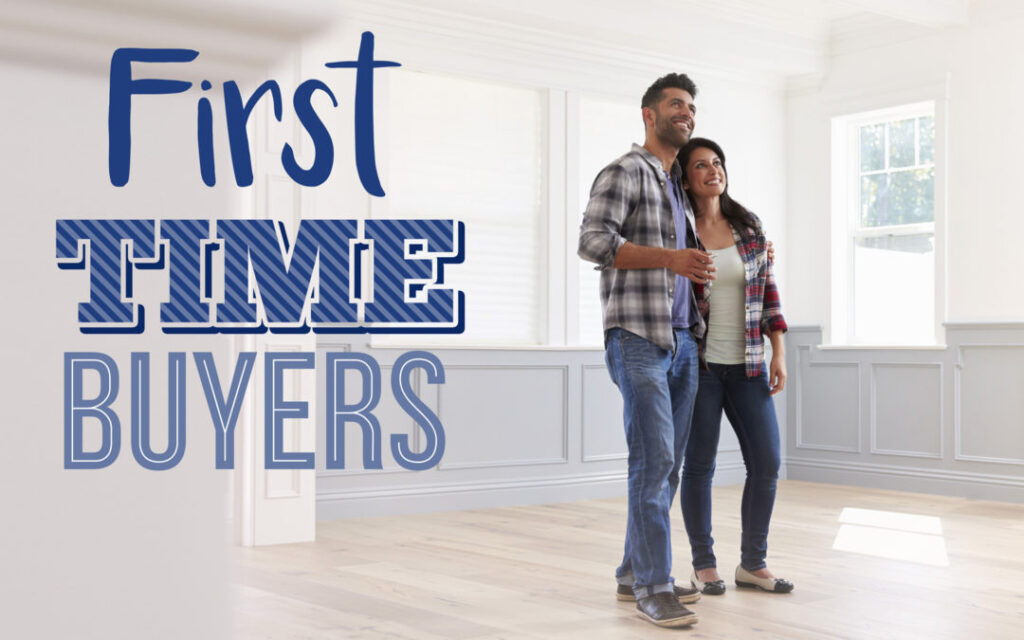The First Home Affordable Purchase Shared Equity Scheme
The Government’s First Home Affordable Purchase Shared Equity Scheme appears to be on the verge of becoming law. This program is open to all first-time buyers of newly constructed homes.
It is designed for prospective buyers who currently pay high rents but aspire to become homeowners. Many potential buyers find themselves unable to enter the housing market. Firstly, due to regulations that mandate a 10% cash deposit. Secondly, because their total mortgage borrowing is set at 3.5 times their salary.
Under the Help to Buy Scheme, buyers can receive a tax rebate of up to 10% of the property’s value, with a maximum limit of €30,000. For example, if a buyer purchases a new-build property for €300,000, they can use this tax rebate to cover the 10% deposit. Bear in mind that buyers need to confirm they have paid this amount in taxes.
If, even after multiplying their salary (or combined salaries for a couple) by 3.5, they still cannot afford a property, they face a dilemma. This is where the First Home Affordable Purchase Shared Equity Scheme comes into play. The Government will provide an equity loan, which can cover up to 30% of the total property price.
The maximum amount you can borrow under this scheme is 30% of the property’s price. If you are also participating in the Help to Buy scheme for the property you are purchasing, the maximum borrowing limit within the First Home Affordable Purchase Shared Equity Scheme is reduced to 20% of the property’s price.
What is an Equity Loan?
The Government provides you with a loan and charges interest on this loan. Additionally, the Government acquires an ownership share in your property equal to the percentage of the property’s value that they have contributed. So, if the Government has contributed 10% of the funds through an equity loan, they own 10% of the property.
This differs from a traditional mortgage. Banks provide the funds and take a charge on the property as security. However, banks don’t acquire an ownership stake in the property. When you sell a property with a mortgage, you just repay the outstanding mortgage amount. However, when you sell a property with an equity loan, the lender is entitled to their percentage of the sales price. If the property’s value has appreciated, you will repay more than the initial loan.
In the first five years, no interest is payable on the loan. Starting from the sixth year and lasting until the fifteenth year, an interest rate of 1.75% will apply. From the sixteenth year to the twenty-ninth year, an interest rate of 2.14% will apply. It’s important to note that unlike a typical mortgage, the repayments are interest-only, meaning you are not required to make any capital repayments.
Can I Avail of the Help to Buy Scheme in Addition to a Shared Equity Loan?
Yes, so long as you are a first time buyer who is eligible for the Help to Buy Scheme, you can avail of it in conjunction with the first home affordable purchase shared equity scheme. However, the maximum you can borrow is reduced to 20% of the purchase price.
So for example, if you were purchasing a property in Dublin for €400k with a couples salary of €70k, you could receive the Help to Buy rebate of €30k towards the deposit of the property meaning that you would need to have €45k in savings.
A lending institution would lend €245k (3.5 times salary) meaning you are €80k short. This is where the First Home Affordable Purchase Shared Equity Scheme comes in. The State would provide a €80k equity loan in return for a 20% equity stake in the property.
So a couple earning €70k with savings of €45k could buy a property worth €400k. They would only technically own 80% of the property but would have full, unrestricted access to 100% of the property.

